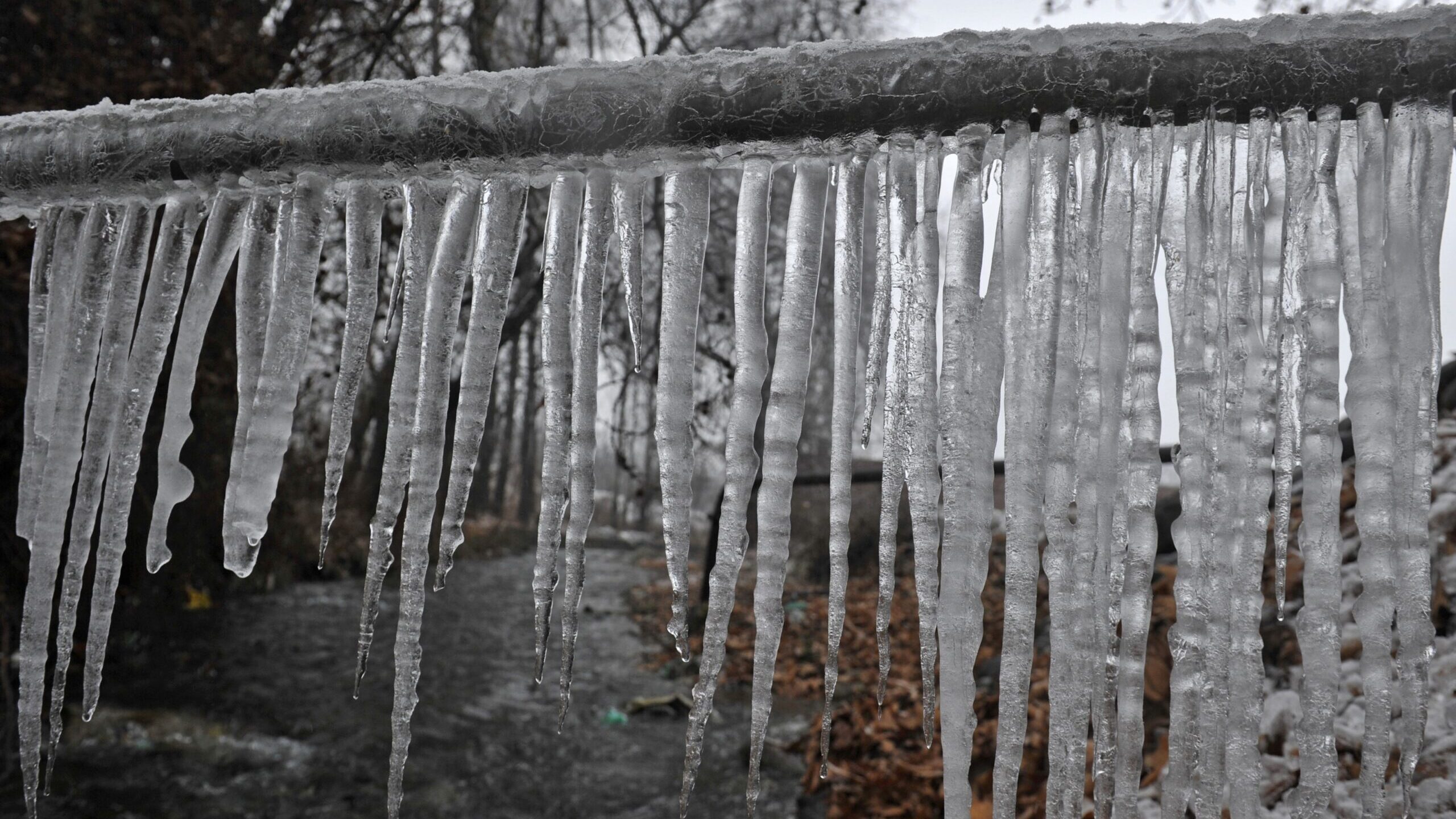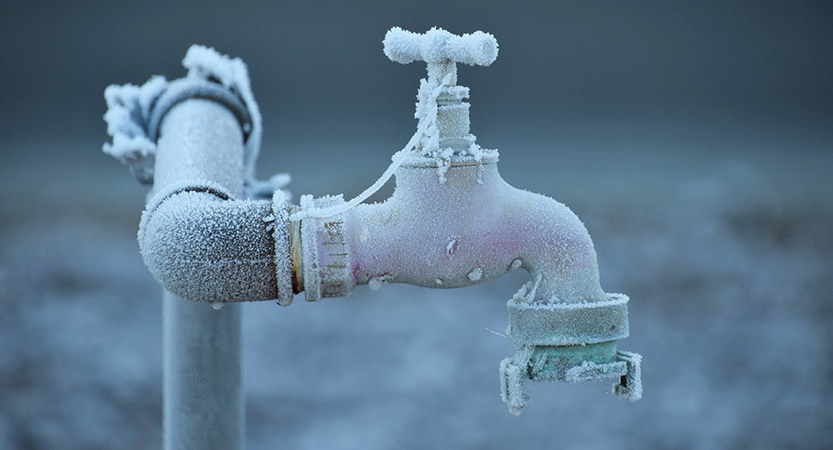We have uncovered this article about How To Avoid Freezing Pipes down the page on the net and think it made good sense to quickly share it with you on my blog.

Winter can wreak havoc on your plumbing, particularly by freezing pipelines. Below's just how to avoid it from occurring and what to do if it does.
Introduction
As temperature levels decline, the danger of frozen pipelines boosts, potentially causing expensive repair services and water damage. Understanding exactly how to stop icy pipes is critical for house owners in cool environments.
Comprehending Frozen Pipes
What causes pipelines to freeze?
Pipes ice up when subjected to temperature levels below 32 ° F (0 ° C) for extended periods. As water inside the pipes ices up, it increases, putting pressure on the pipe walls and potentially creating them to burst.
Risks and damages
Frozen pipelines can lead to water system disturbances, home damages, and costly fixings. Ruptured pipelines can flooding homes and trigger substantial architectural damage.
Indications of Frozen Pipeline
Identifying frozen pipelines early can avoid them from rupturing.
How to identify icy pipes
Search for lowered water circulation from faucets, uncommon smells or noises from pipelines, and visible frost on revealed pipelines.
Prevention Tips
Shielding susceptible pipelines
Wrap pipelines in insulation sleeves or utilize warmth tape to shield them from freezing temperatures. Concentrate on pipes in unheated or external locations of the home.
Heating methods
Maintain interior spaces effectively warmed, specifically areas with pipes. Open cabinet doors to enable warm air to flow around pipes under sinks.
Protecting Exterior Plumbing
Yard pipes and outdoor taps
Separate and drain pipes yard hoses before winter season. Set up frost-proof spigots or cover outside faucets with insulated caps.
What to Do If Your Pipes Freeze
Immediate actions to take
If you suspect frozen pipelines, maintain faucets available to eliminate stress as the ice melts. Use a hairdryer or towels taken in warm water to thaw pipes slowly.
Long-Term Solutions
Architectural modifications
Consider rerouting pipelines away from exterior wall surfaces or unheated areas. Include additional insulation to attic rooms, cellars, and crawl spaces.
Upgrading insulation
Buy premium insulation for pipes, attic rooms, and wall surfaces. Appropriate insulation aids preserve regular temperatures and minimizes the risk of frozen pipelines.
Conclusion
Stopping frozen pipelines calls for aggressive procedures and quick feedbacks. By recognizing the causes, indicators, and safety nets, home owners can secure their plumbing throughout cold weather.
5 Ways to Prevent Frozen Pipes
Drain Outdoor Faucets and Disconnect Hoses
First, close the shut-off valve that controls the flow of water in the pipe to your outdoor faucet. Then, head outside to disconnect and drain your hose and open the outdoor faucet to allow the water to completely drain out of the line. Turn off the faucet when done. Finally, head back to the shut-off valve and drain the remaining water inside the pipe into a bucket or container. Additionally, if you have a home irrigation system, you should consider hiring an expert to clear the system of water each year.
Insulate Pipes
One of the best and most cost-effective methods for preventing frozen water pipes is to wrap your pipes with insulation. This is especially important for areas in your home that aren’t exposed to heat, such as an attic. We suggest using foam sleeves, which can typically be found at your local hardware store.
Keep Heat Running at 65
Your pipes are located inside your walls, and the temperature there is much colder than the rest of the house. To prevent your pipes from freezing, The Insurance Information Institute suggests that you keep your home heated to at least 65 degrees, even when traveling. You may want to invest in smart devices that can keep an eye on the temperature in your home while you’re away.
Leave Water Dripping
Moving water — even a small trickle — can prevent ice from forming inside your pipes. When freezing temps are imminent, start a drip of water from all faucets that serve exposed pipes. Leaving a few faucets running will also help relieve pressure inside the pipes and help prevent a rupture if the water inside freezes.
Open Cupboard Doors
Warm your kitchen and bathroom pipes by opening cupboards and vanities. You should also leave your interior doors ajar to help warm air circulate evenly throughout your home.

Do you like more info about How To Avoid Freezing Pipes? Make feedback down below. We would be glad to hear your suggestions about this piece. We hope to see you back again later on. Sharing is good. You never know, you could be helping someone out. Thank you for being here. Revisit us soon.
This Page